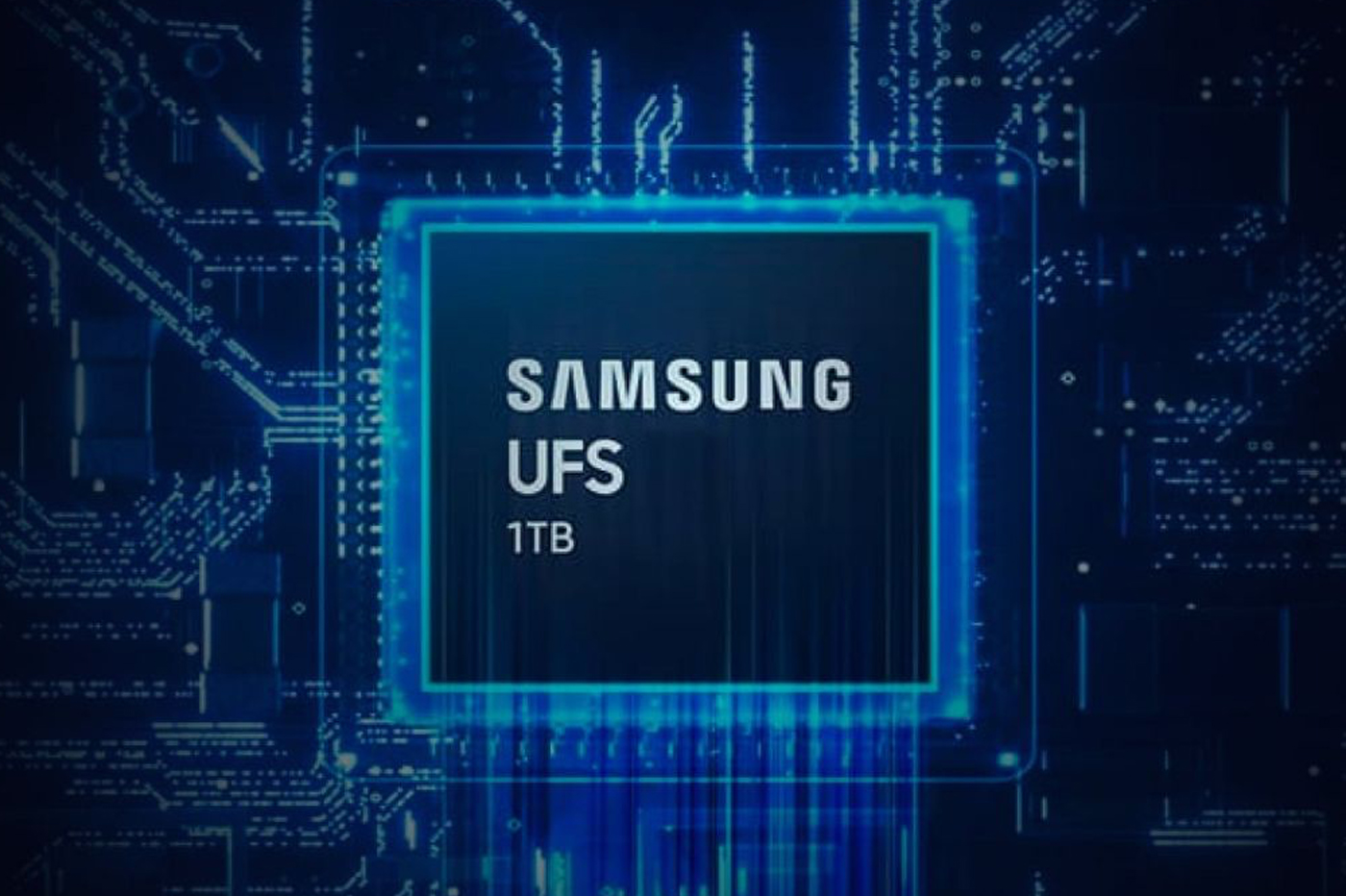L ‘4.0 . universal flash storage (UFS 4.0) is the new storage memory standard that promises to revolutionize the world of smartphones. Announced in early May by Samsung, this standard replaces UFS 3.1, which has imposed itself on phones for two years. As its name suggests, it is developed for Universal Flash Storage (UFS). As a reminder, the UFS standard has gradually become eMMC memory replacement On smartphones since 2015. UFS 4.0 flash memory promises to improve the performance of our mobile devices.
First, UFS 4.0 storage ensures faster transfers. The standard promises transfer speeds of Up to 23.2 Gbit/s per channel, which is twice as much as UFS 3.1 (11.6 Gbit/s). It is also 4 times faster than the UFS 2.1 standard. The new standard will provide a maximum of 4200 MB/s in sequential reading and a maximum of 2800 MB/s in sequential writing. According to Samsung’s announcement, UFS 4.0 is particularly suitable for new uses, such as virtual reality, augmented reality, or even 5G. These emerging technologies require the transmission of a large amount of data. Glasses connected to smartphones, such as the OPPO Airglass, will also benefit.
UFS 4.0 Memory: Faster, More Powerful, More Energy Efficient
UFS 4.0 will be accompanied by better performance of our smartphones. Thanks to the bandwidth, the standard will improve the overall experience of our phones by Speed up opening apps and games. Memory consuming applications will particularly benefit, such as games with photorealistic graphics or video recording applications. The icing on the cake, UFS 4.0 storage also features Better energy efficiency. Samsung ensures that the standard consumes 46% less power than UFS 3.1. By reducing the power consumption of data transfers, the standard allows manufacturers to improve battery life.
In fact, the autonomy of a smartphone depends not only on the size of its battery. Software optimization, SoC (System on a Chip) and flash memory plays a major role in the endurance of phones. This is why smartphones with smaller batteries sometimes offer better autonomy than phones with larger accumulators.
Finally, Flash Memory 4.0 is based on more compact chips than the previous standard. Each slice measures 11mm x 13mm x 1mm. Thanks to this miniature component, manufacturers will be able to save space in the core of their plants. By rearranging internal components, manufacturers can for example Includes larger batterieswhich would contribute to improving autonomy.
Currently, there is no smartphone compatible with the UFS 4.0 standard. Samsung has pledged to launch custom chip production from the third quarter of 2022. Note that each chip will be able to hold up to 1 TB of storage, which is double the components of UFS 3.1. We expect to find The first compatible smartphones in early 2023. It’s clear that all eyes are on the Galaxy S23, one of Samsung’s next flagship phones. Android manufacturers such as OnePlus, Xiaomi, Google and Oppo should quickly follow in the footsteps of the smartphone leader.

“Certified gamer. Problem solver. Internet enthusiast. Twitter scholar. Infuriatingly humble alcohol geek. Tv guru.”





